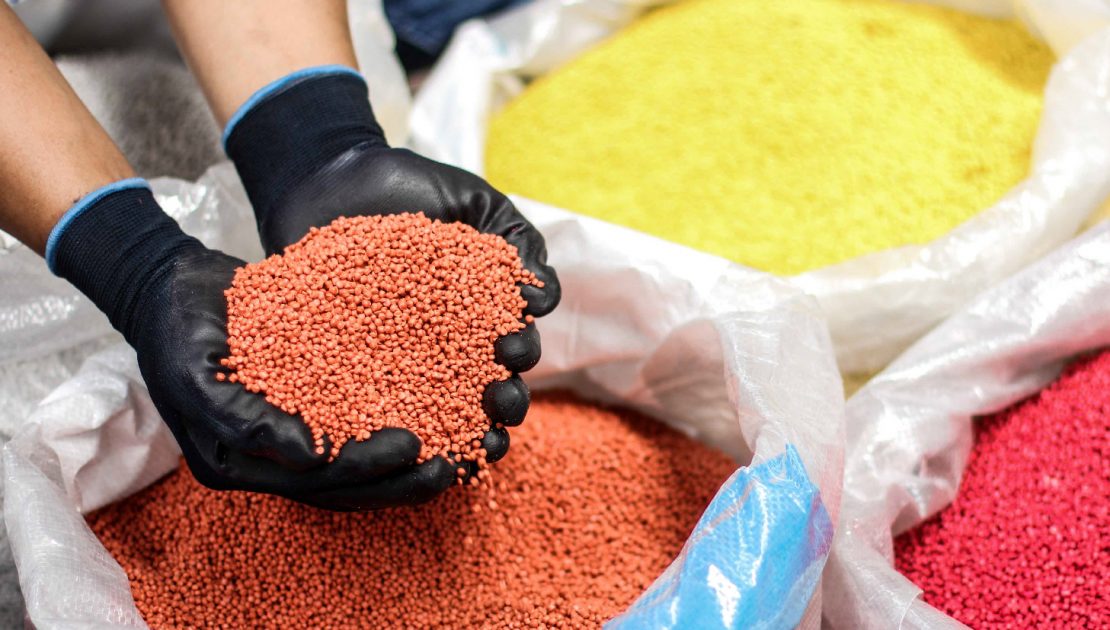TPR or Thermo Plastic Rubber is a mixture of rubber and plastic. TPR is thermoplastic, meaning that it is made from synthetic rubber. That is why, TPR will melt into liquid when heated and will turn solid when cooled. Unlike latex made from tree sap, TPR is made from polymer styrene butadiene styrene (SBS).
Although natural rubber and synthetic rubber are made through different processes and have different chemical content, but these two types of rubber still have similarities to several things, one of which is elasticity. But there is one striking difference from these two types of rubber.
Natural rubber cannot be recycled after going through the retreading process, while synthetic rubber can still be recycled many times. That is why synthetic rubber is more widely used for industrial purposes. One industry that uses TPR is the footwear industry, especially shoes.
Because TPR has the ability to be recycled, it is possible to leave no residue from the production process. This is important, because if there were mistakes on production, shoes can be melted again and then redesigned. That way, the cost of production will not swell because there is one mistake.
The use of TPR for shoes is very popular. TPR is widely used to make shoe outsole because the basic material tends to be cheaper, easy to form, light, anti-slip, high grip, can be made of various colors, also flexible to temperature.
TPR soles are suitable for handling slips when the roads are slippery and runny. TRP soles are also usually used for shoes that are devoted to outdoor activities and suitable for production of waterproof TPR shoes which has rather rough texture compared to the usual rubber sole but still light.

